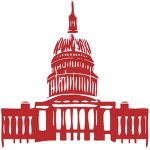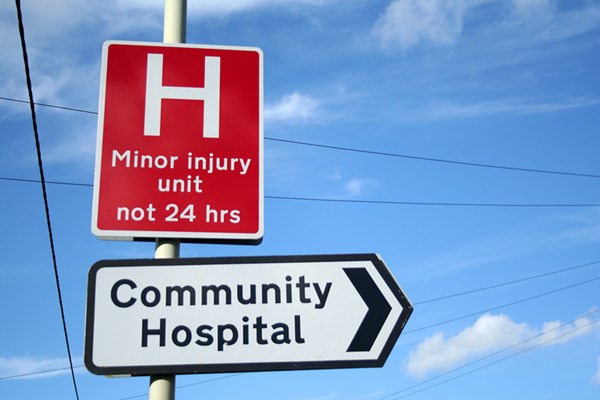HPSAs have Failed to Deliver on Promises to Rural Communities
Health Professional Shortage Areas (HPSAs) were established in 1965 to address disparities in healthcare access, especially in rural and underserved urban regions. The designation provides federal incentives — such as loan repayment, Medicare bonus payments, and grants — to attract clinicians to high-need areas. With more than $1 billion spent annually, HPSAs are a cornerstone of federal workforce policy aimed at increasing physician supply and improving health outcomes. However, the true effectiveness of this designation has been difficult to measure.
Drawing from data spanning nearly 5 decades (1970– 2018), investigators assessed whether HPSA designation was associated with increased physician density or reduced age-adjusted mortality. The findings were striking: HPSA designation was not associated with any significant improvements in either outcome. Even 10 years after designation, 73% of HPSA counties continued to meet criteria for provider shortage. These results suggest that despite the substantial investment and policy attention, the HPSA program has failed to achieve its core goals.
The study's use of long-term national data and a rigorous matched analysis lends credibility to its conclusions. By capitalizing on policy variation across states, the authors created a strong quasi-experimental design. However, the study is limited by its focus on county-level designations, which may not capture the more granular impact of HPSAs defined at sub-county or facility levels. Additionally, the exclusion of non-physician providers (eg, NPs or PAs) and quality-of-care metrics, along with the broad nature of mortality as an outcome, may have obscured smaller benefits.
For policymakers, these results call for a critical reassessment of how incentives are structured to address workforce shortages. Targeting new medical graduates and empowering non-physician clinicians may prove more effective. For clinicians, the findings highlight persistent gaps in underserved areas and the limits of financial incentives alone. Medical students and trainees should view this as a case study in health policy evaluation, reinforcing the importance of evidence-based innovation to promote health equity.
Abstract
Markowski JH, Wallace J, Ndumele CD. After 50 years, Health Professional Shortage Areas had no significant impact on mortality or physician density. Health Aff (Millwood). 2023;42(11):1507-1516.
Since 1965, the U.S. federal government has incentivized physicians to practice in high-need areas of the country through the designation of Health Professional Shortage Areas (HPSAs). Despite its being in place for more than half a century and directing more than $1 billion annually, there is limited evidence of the HPSA program's effectiveness at reducing geographic disparities in access to care and health outcomes.
Analysis
Using a generalized difference-in-differences design with matching, we found no statistically significant changes in mortality or physician density from 1970 to 2018 after a county-level HPSA designation. As a result, we found that 73% of counties designated as HPSAs remained physician shortage areas for at least 10 years after their inclusion in the program. Fundamental improvements to the program's design and incentive structure may be necessary for it to achieve its intended results.
EMRA + PolicyRx Health Policy Journal Club: A collaboration between Policy Prescriptions and EMRA
 As emergency physicians, we care for all members of society, and as such have a unique vantage point on the state of health care. What we find frustrating in our EDs - such as inadequate social services, the dearth of primary care physicians, and the lack of mental health services - are universal problems. As EM residents and fellows, we learn the management of myocardial infarctions and traumas, and how to intubate, but we are not taught how health policy affects all aspects of our experience in the ED. Furthermore, given our unique position in the health care system, we have an incredible opportunity to advocate for our patients, for society, and for physicians. Yet, with so many competing interests vying for our conference education time, advocacy is often not included in the curricula. This is the gap this initiative aims to fill. Each month, you will see a review of a new health policy article and how it is applicable to emergency physicians.
As emergency physicians, we care for all members of society, and as such have a unique vantage point on the state of health care. What we find frustrating in our EDs - such as inadequate social services, the dearth of primary care physicians, and the lack of mental health services - are universal problems. As EM residents and fellows, we learn the management of myocardial infarctions and traumas, and how to intubate, but we are not taught how health policy affects all aspects of our experience in the ED. Furthermore, given our unique position in the health care system, we have an incredible opportunity to advocate for our patients, for society, and for physicians. Yet, with so many competing interests vying for our conference education time, advocacy is often not included in the curricula. This is the gap this initiative aims to fill. Each month, you will see a review of a new health policy article and how it is applicable to emergency physicians.



